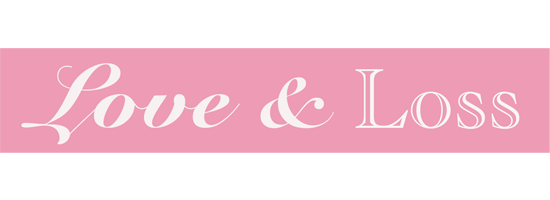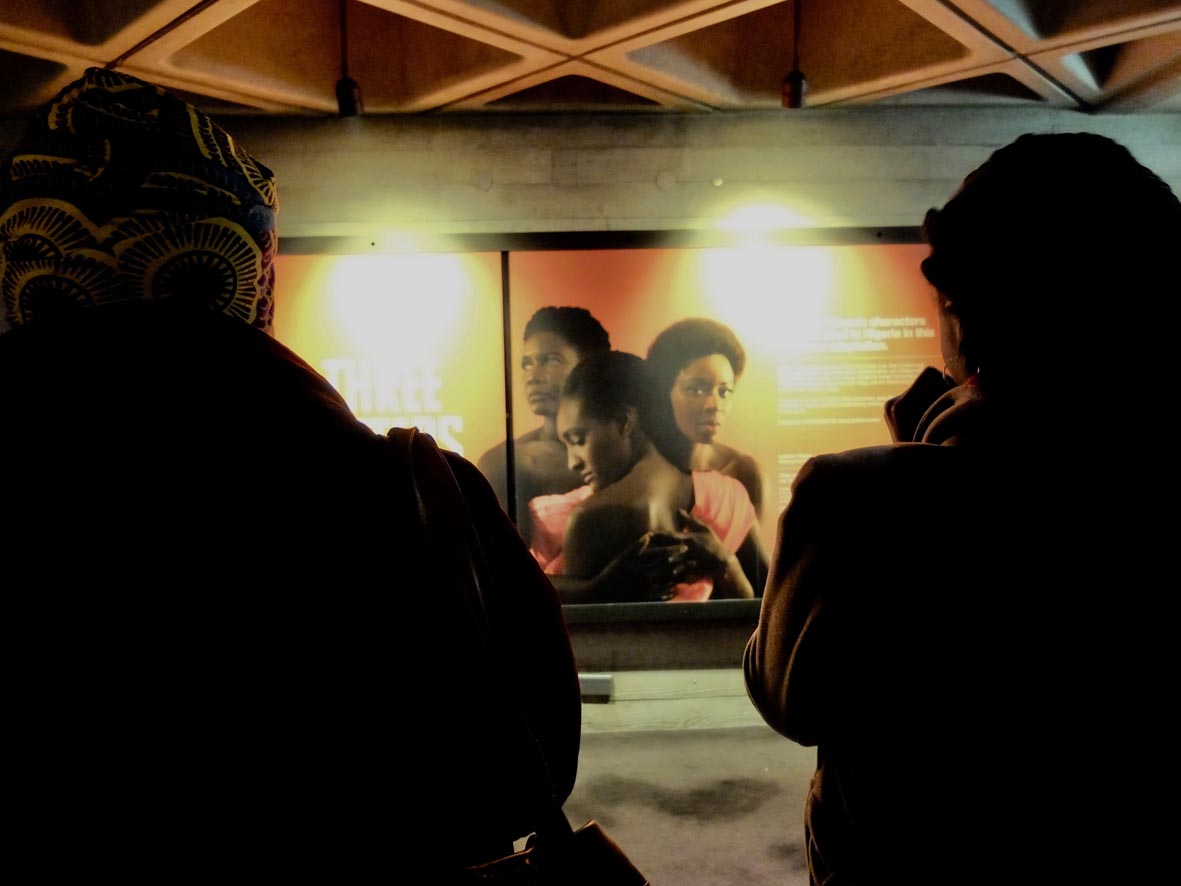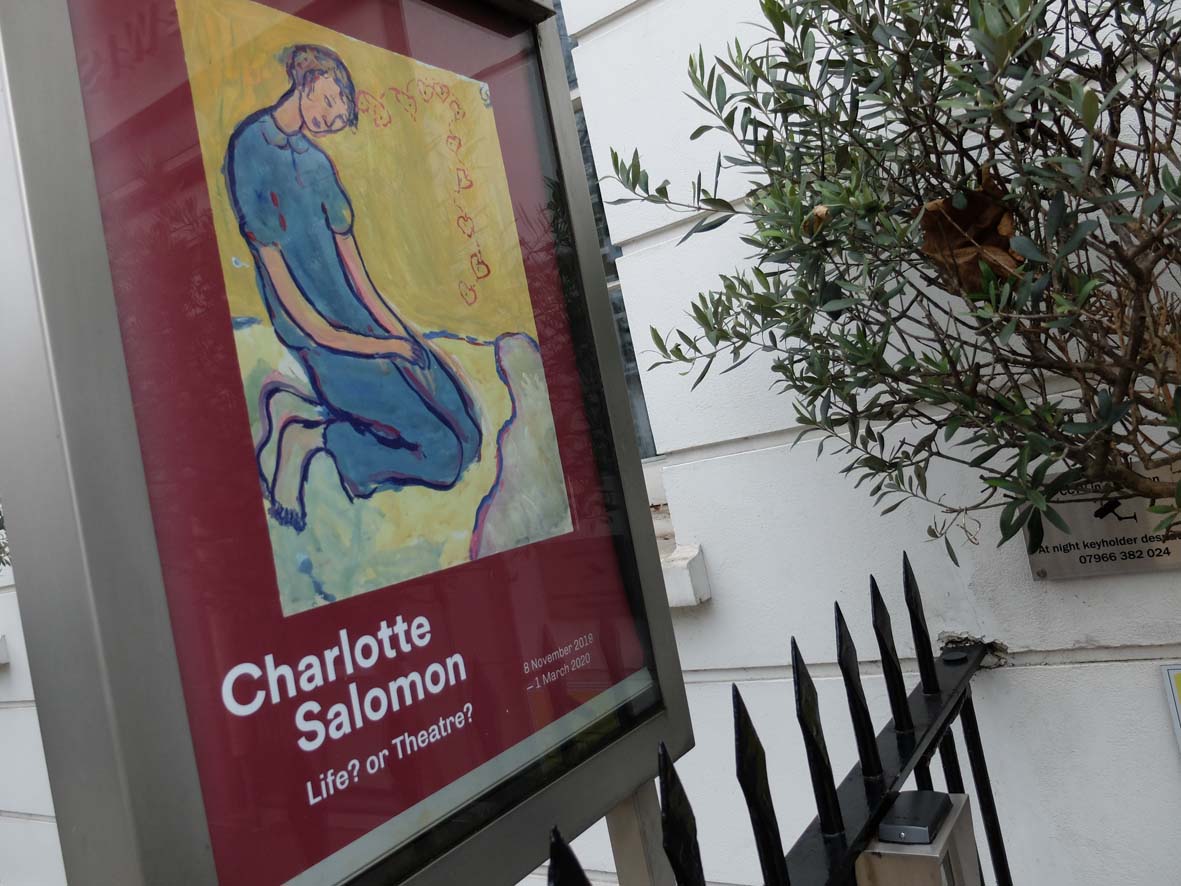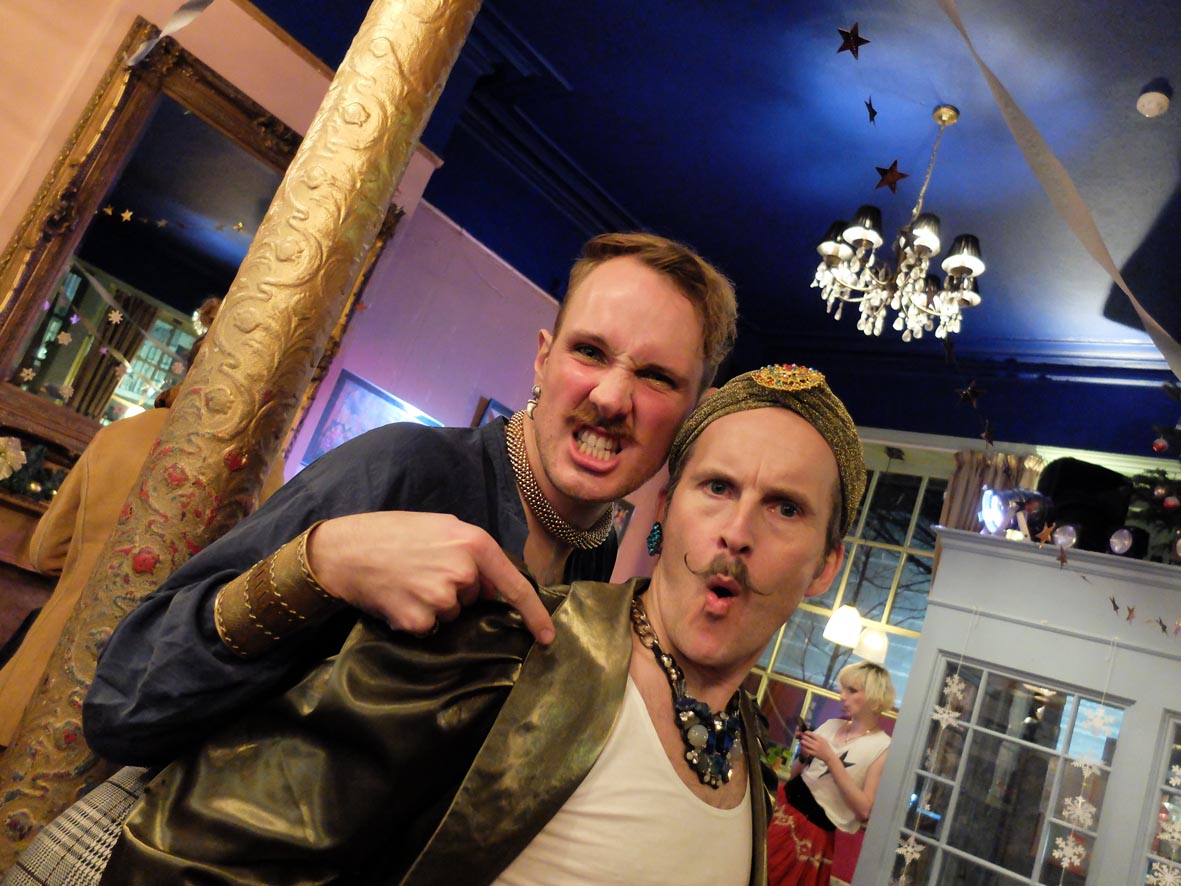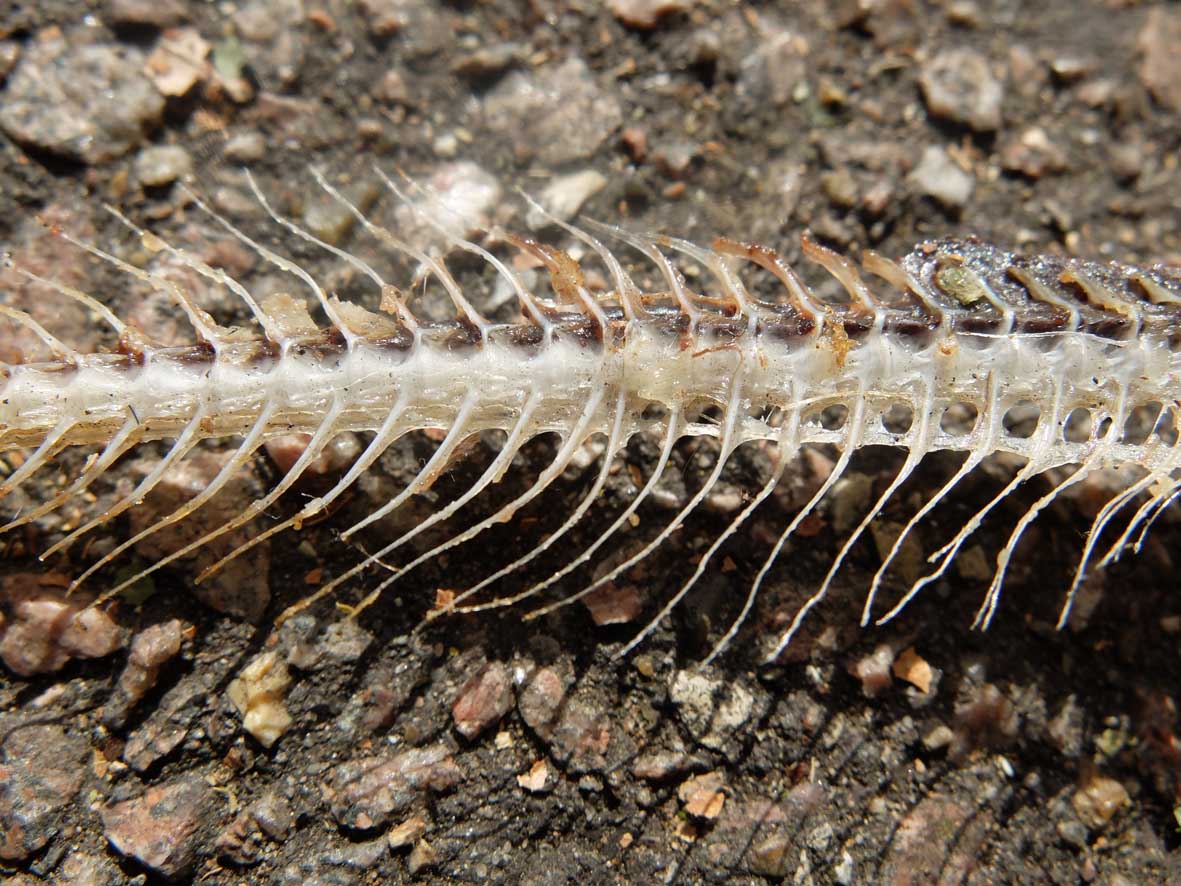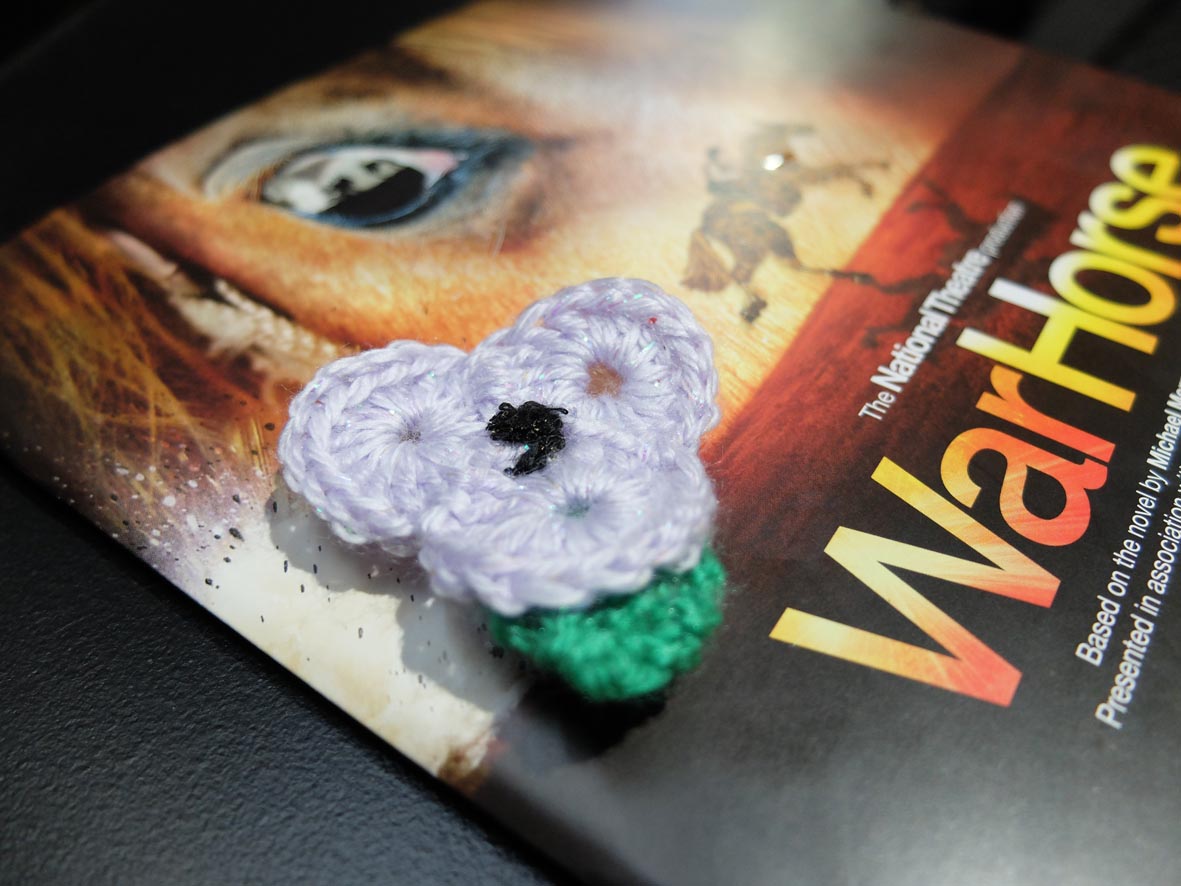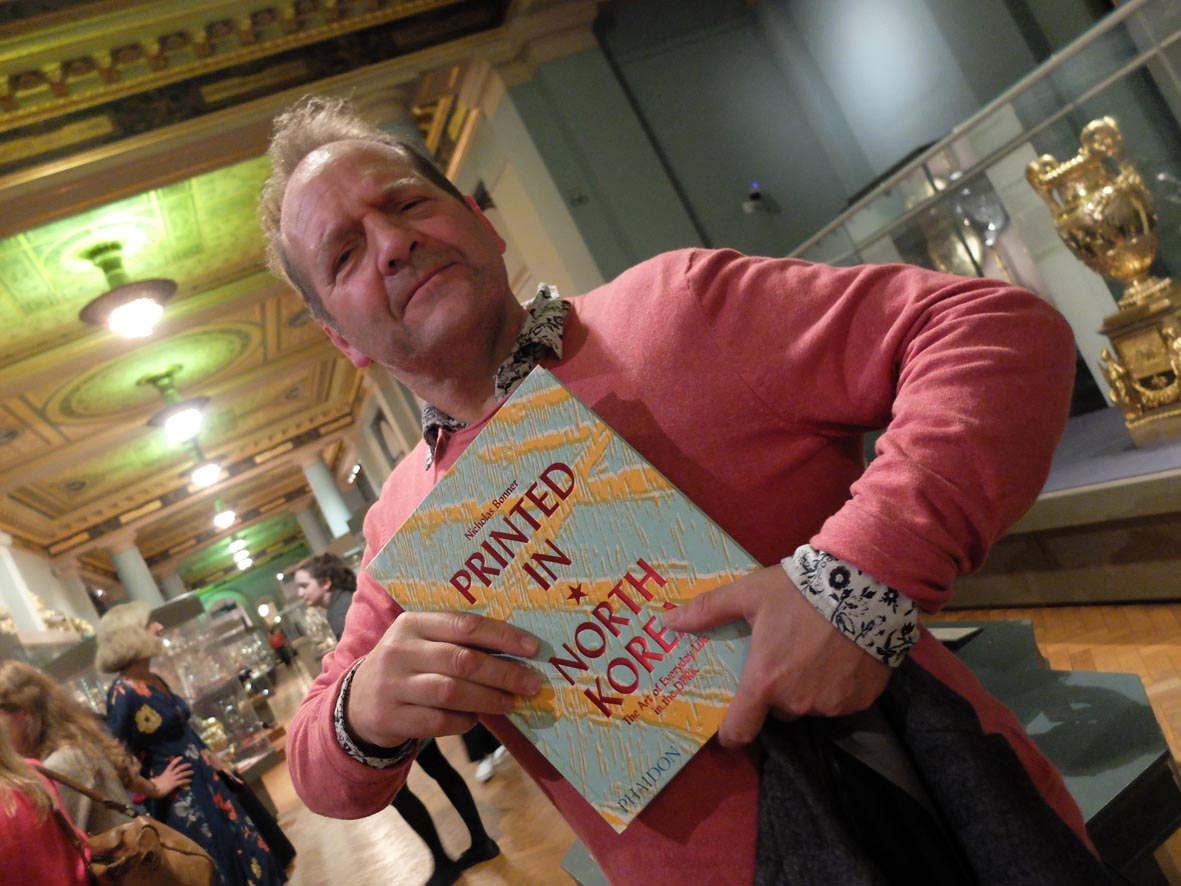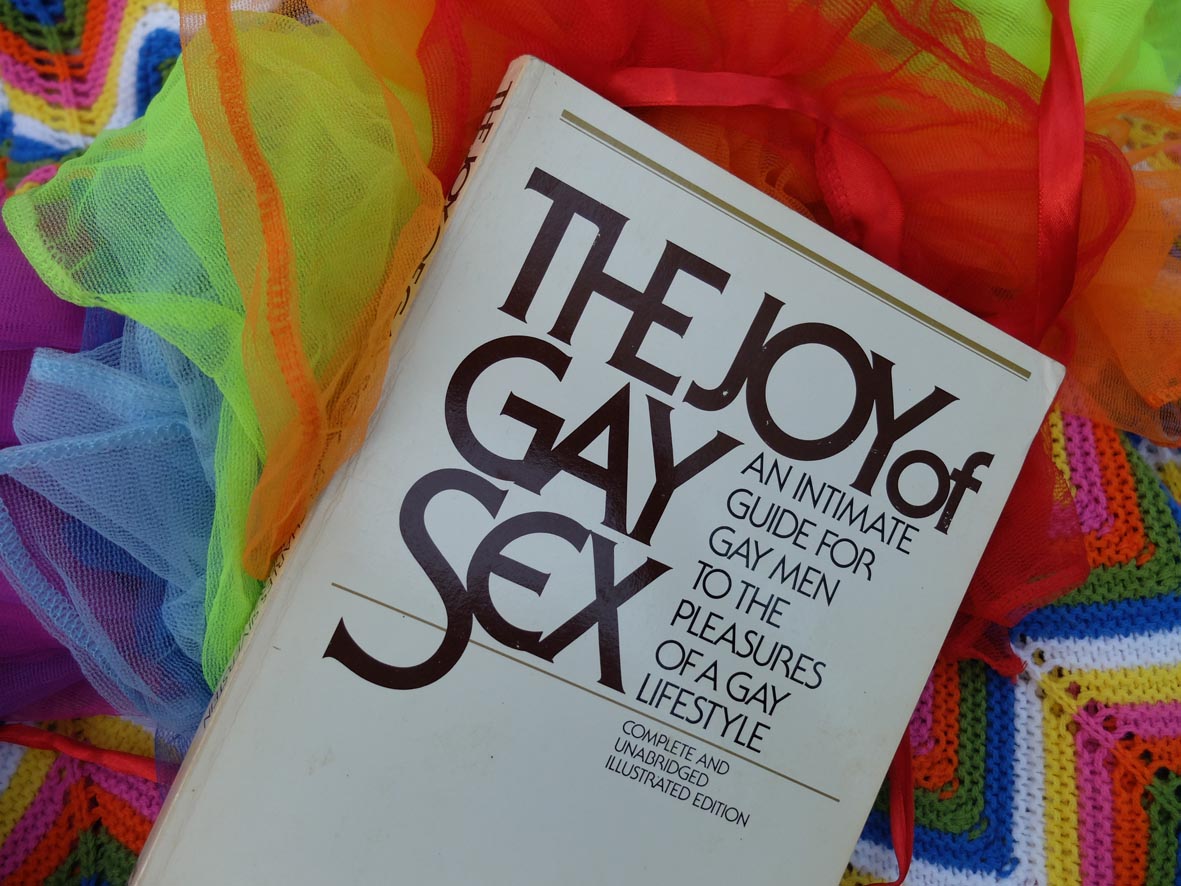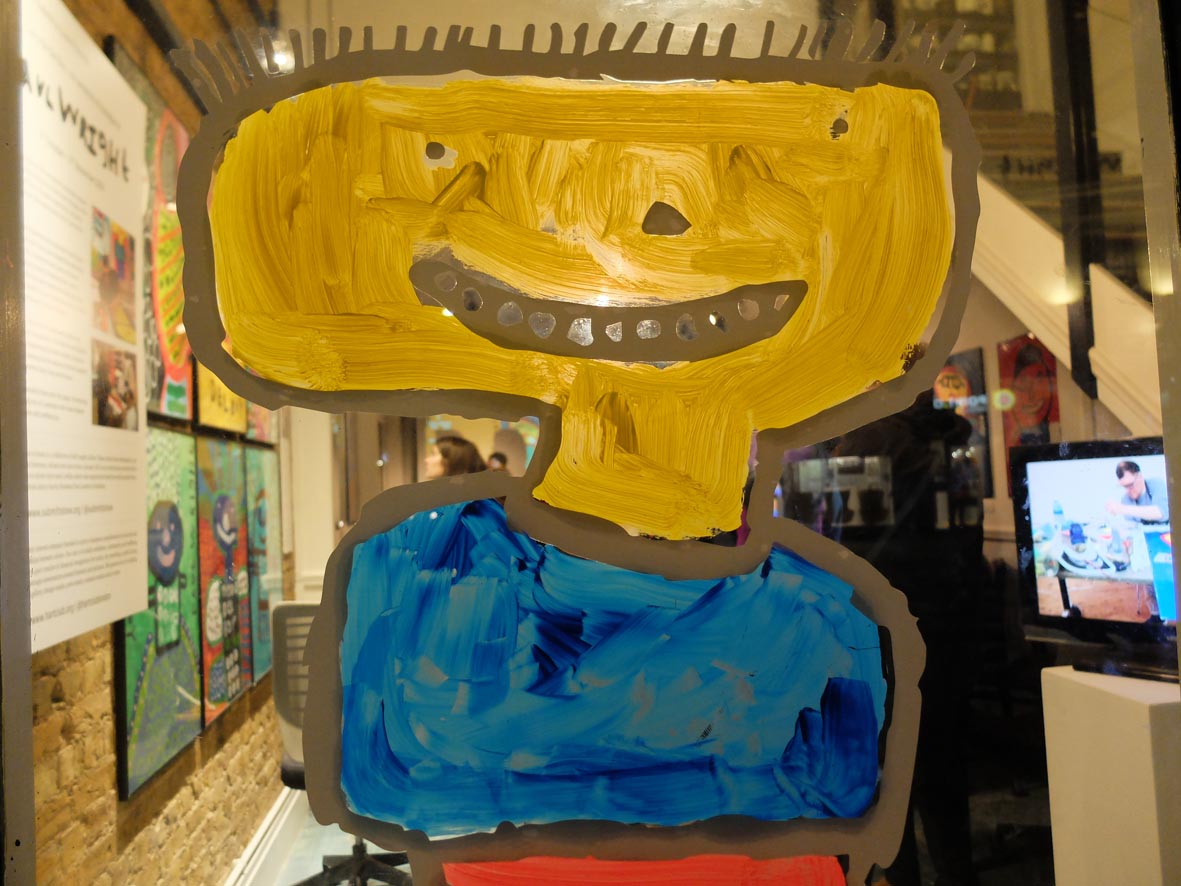03 Apr ‘Seven Streams of the River Ota’
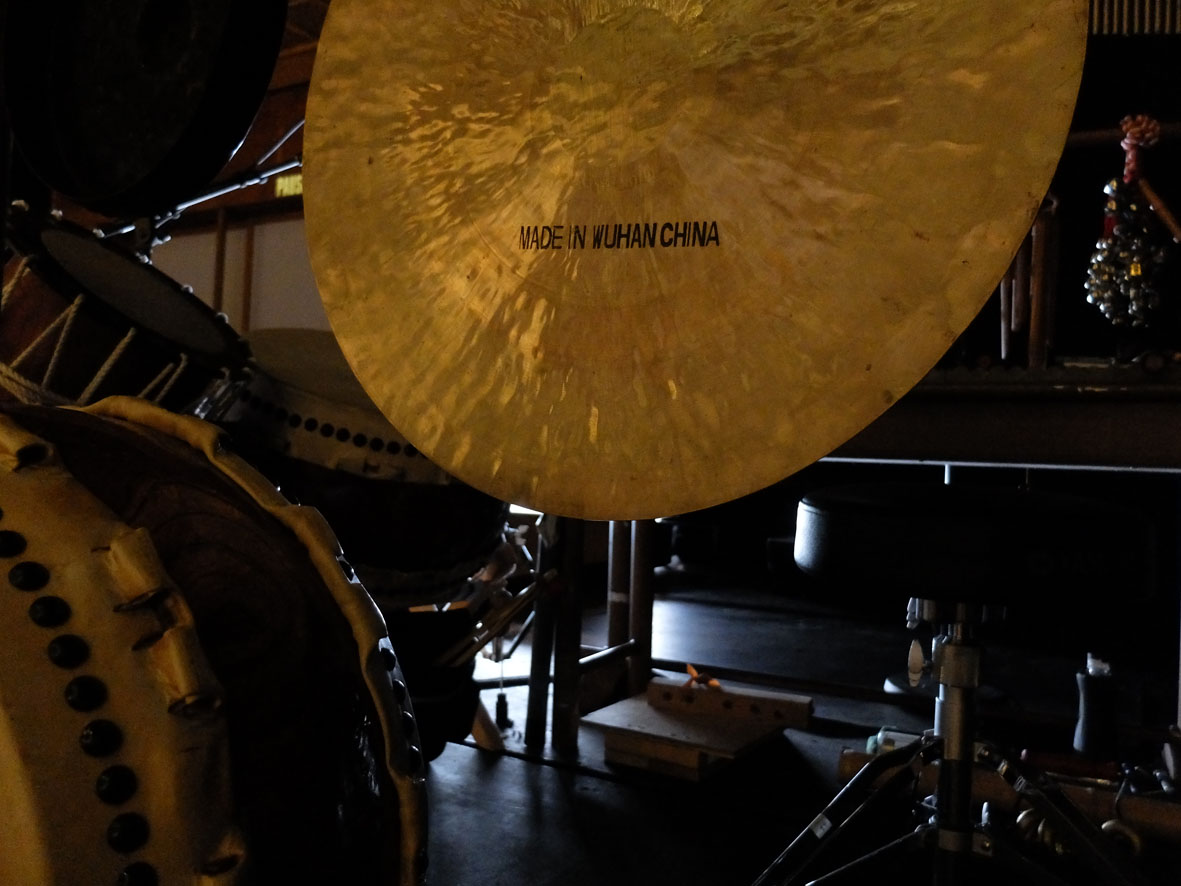 Before the theatres went ‘dark’, I was lucky enough to spend seven hours immersed in Robert Lepage’s visionary epic, ‘The Seven Streams of the River Ota’ at the National Theatre. This is a revised production of the work, created by Ex Machina – Lepage’s multidisciplinary company. Robert Lepage is an extraordinary magician, with a creative team who bring together performing with recorded arts to make extraordinary theatre. Seven scenarios take place within the piece, from 1945-1995. There are elements of overlapping narrative. “Hiroshima, city of pain,” is where the arc begins and ends. One after another clever and beautiful image takes us through the different scenarios. The action depicts Hiroshima post nuclear explosion, close proximity of relations in an American boarding house, life in Theresienstadt concentration camp in Czech, a farce in Osaka, (shown both from the inside and outside), diplomatic life in Osaka, an assisted suicide as a result of HIV Aids in Amsterdam, and Hiroshima again. Sometimes the narrative is more obscure, but ultimately the whole piece is devised to show Hiroshima as a symbol of rebirth. Within the play there is also an exploration of theatre itself, and its ability to transform details of history into a felt understanding. With his usual inventive flair, physical performances blend with lighting, video and sound to summon atmosphere and emotions. These draw me in to each character’s different history of trauma and grief. Looking back to a day when there were only 163 confirmed cases of Covid-19 in the UK, the few empty seats appearing in sold out shows offered bargain theatre-going opportunities. My elbow touched a stranger. Recalling breath-taking tableaux summoned up with light, silhouette, colour, mirrors, dance, humour, story, sound and silence, conjures up illusions within what now seems an illusory time. A garden of stones creates a walkway to be kicked up with butoh, or walked on through the opening sequence. Percussion adds to the crunch. One and sometimes two drummers keep the show moving. I notice the cymbal “Made in Wuhan China”. It reverberates, calling our attention to find meaning in a sea of grief.
Before the theatres went ‘dark’, I was lucky enough to spend seven hours immersed in Robert Lepage’s visionary epic, ‘The Seven Streams of the River Ota’ at the National Theatre. This is a revised production of the work, created by Ex Machina – Lepage’s multidisciplinary company. Robert Lepage is an extraordinary magician, with a creative team who bring together performing with recorded arts to make extraordinary theatre. Seven scenarios take place within the piece, from 1945-1995. There are elements of overlapping narrative. “Hiroshima, city of pain,” is where the arc begins and ends. One after another clever and beautiful image takes us through the different scenarios. The action depicts Hiroshima post nuclear explosion, close proximity of relations in an American boarding house, life in Theresienstadt concentration camp in Czech, a farce in Osaka, (shown both from the inside and outside), diplomatic life in Osaka, an assisted suicide as a result of HIV Aids in Amsterdam, and Hiroshima again. Sometimes the narrative is more obscure, but ultimately the whole piece is devised to show Hiroshima as a symbol of rebirth. Within the play there is also an exploration of theatre itself, and its ability to transform details of history into a felt understanding. With his usual inventive flair, physical performances blend with lighting, video and sound to summon atmosphere and emotions. These draw me in to each character’s different history of trauma and grief. Looking back to a day when there were only 163 confirmed cases of Covid-19 in the UK, the few empty seats appearing in sold out shows offered bargain theatre-going opportunities. My elbow touched a stranger. Recalling breath-taking tableaux summoned up with light, silhouette, colour, mirrors, dance, humour, story, sound and silence, conjures up illusions within what now seems an illusory time. A garden of stones creates a walkway to be kicked up with butoh, or walked on through the opening sequence. Percussion adds to the crunch. One and sometimes two drummers keep the show moving. I notice the cymbal “Made in Wuhan China”. It reverberates, calling our attention to find meaning in a sea of grief.
